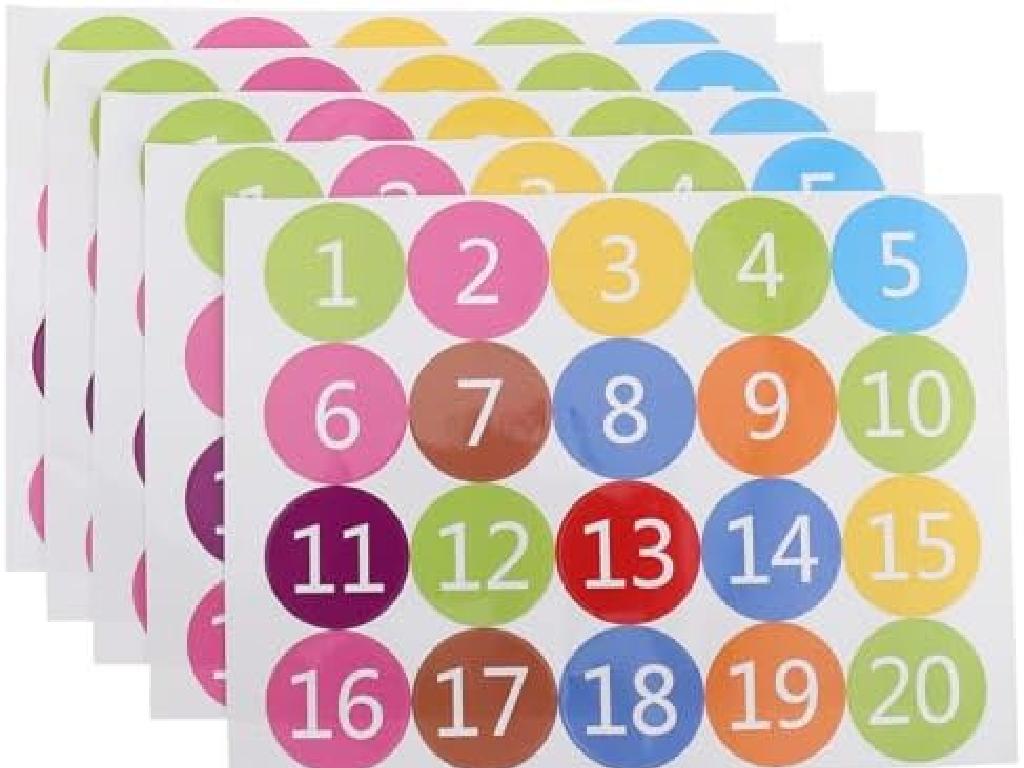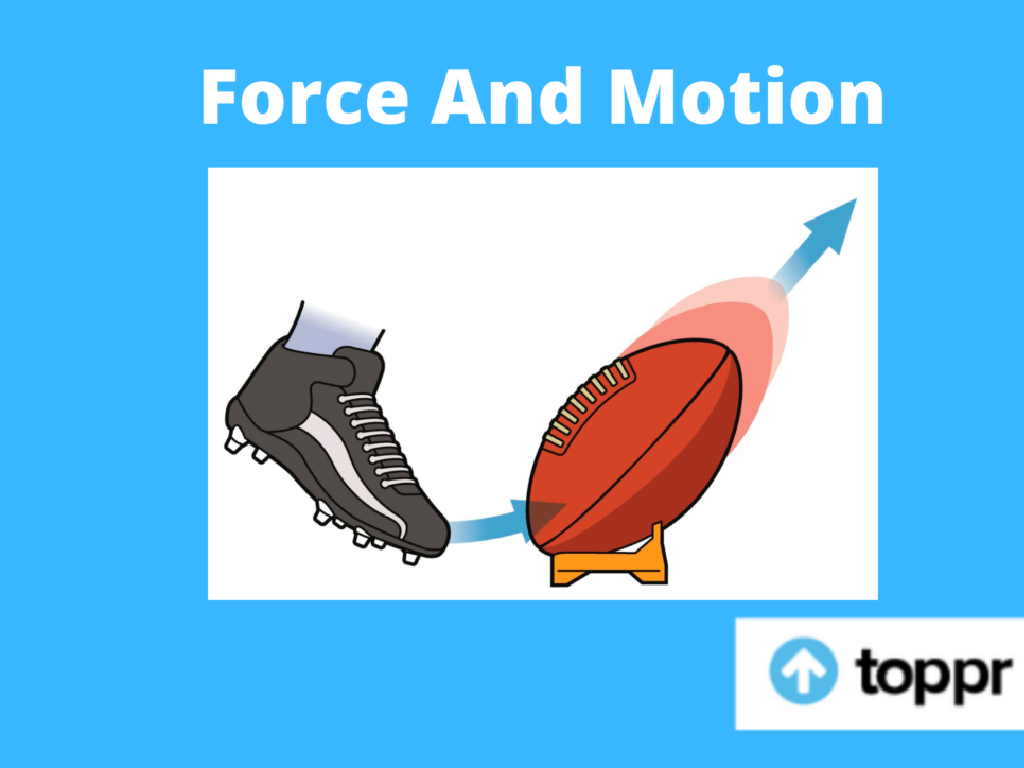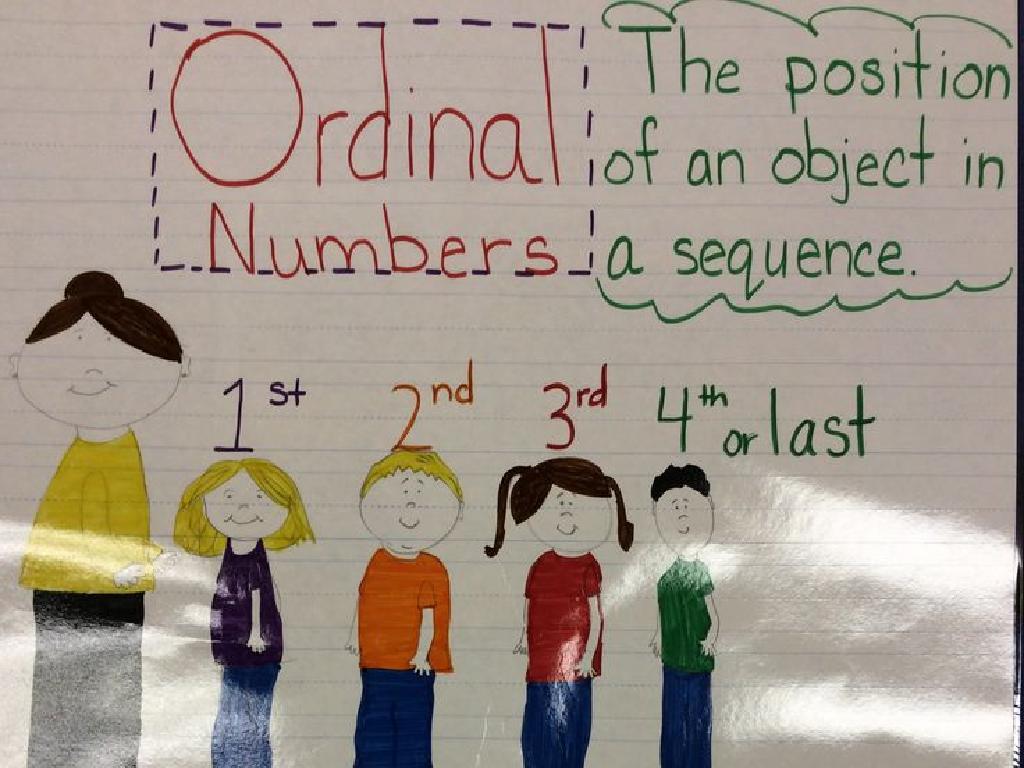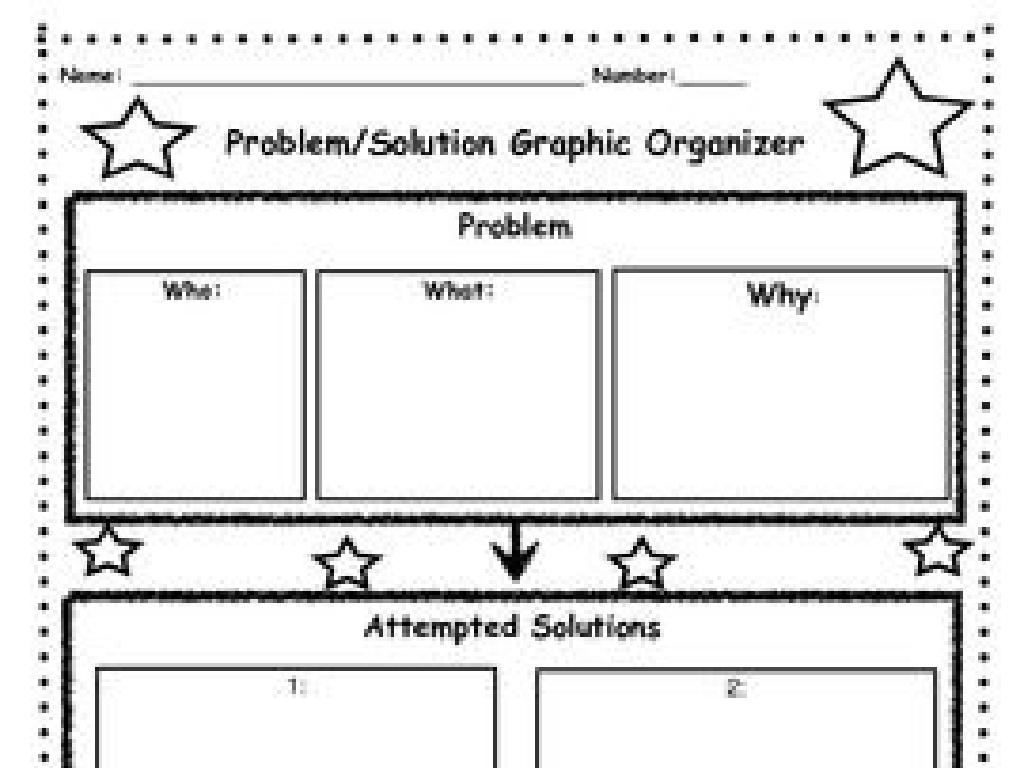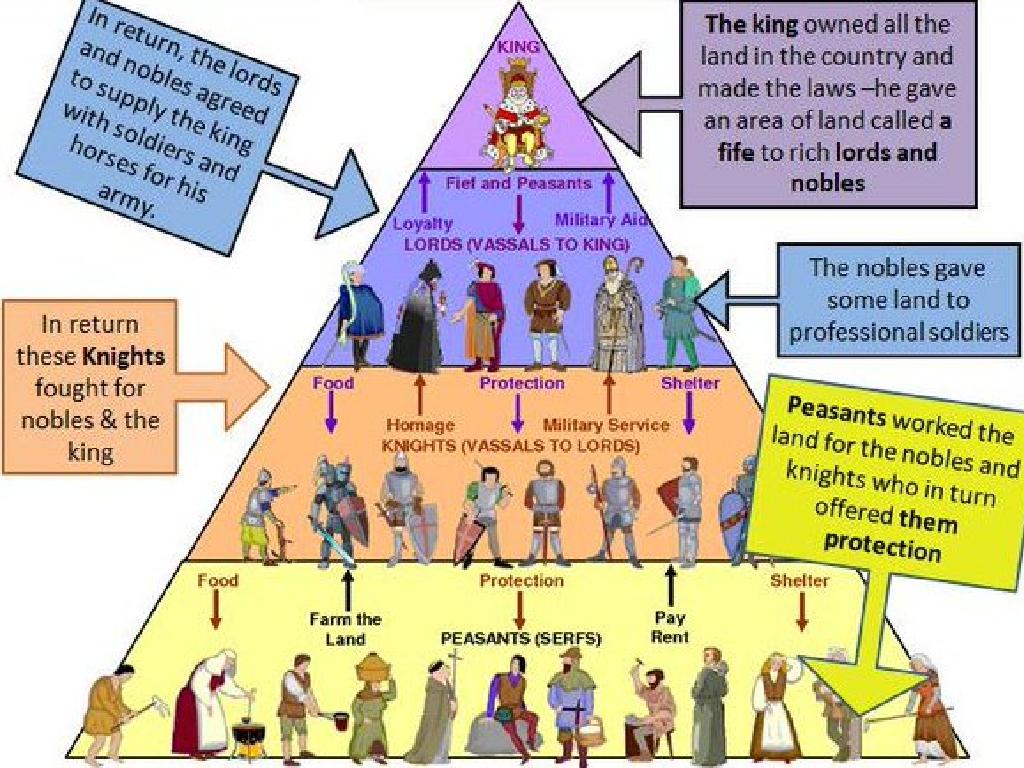Compare And Convert Metric Units Of Weight
Subject: Math
Grade: Fourth grade
Topic: Metric Units Of Measurement
Please LOG IN to download the presentation. Access is available to registered users only.
View More Content
Exploring Metric Units of Weight
– What are metric units?
– Metric units measure things like length, weight, and volume.
– Why use the metric system?
– It’s used worldwide for science and trade.
– Common units: grams & kilograms
– Grams measure light objects, kilograms for heavier ones.
– Converting between units
– Learn how to change grams to kilograms and vice versa.
|
This slide introduces students to the concept of metric units of measurement, focusing on weight. Metric units are a standard of measurement used globally, making it easier to communicate and compare measurements in different places. The metric system is particularly important in science and international trade. Students will learn about grams and kilograms, the common units for measuring weight, with grams being suitable for lighter objects and kilograms for heavier ones. The slide will also touch on how to convert between these units, a key skill in math. Provide examples like a bag of apples (kilograms) versus a paperclip (grams) to help them relate to the concept.
Understanding Weight in Metrics
– What is weight?
– Weight is how heavy something is, measured in grams (g) or kilograms (kg).
– Weight vs. Mass
– Weight is the force of gravity on an object, while mass is how much matter it has.
– Weighing everyday items
– Examples: A bag of apples might weigh 1 kg, a textbook could be 500 g.
– Metric units for weight
– We use grams to weigh lighter objects and kilograms for heavier ones.
|
Begin by explaining that weight is a measure of how heavy something is and can change depending on where it is in the universe due to gravity. Contrast this with mass, which is the amount of matter in an object and does not change. Use real-life examples to make the concept relatable, such as weighing fruits or books. Teach students the metric units of weight, grams, and kilograms, and when to use each. Have them practice by weighing items at home or in the classroom and converting between units.
Grams and Kilograms: Understanding Weight
– What is a gram?
– A gram is a tiny unit of weight, like a paperclip.
– Kilogram vs. gram
– A kilogram is 1,000 grams, like a bag of rice.
– Examples: 1 gram items
– Small things like a paperclip or a pencil eraser.
– Examples: 1 kilogram items
– Heavier things like a textbook or a basketball.
|
This slide introduces the basic units of weight in the metric system, focusing on grams and kilograms. A gram is a small unit of weight, suitable for measuring light items such as a paperclip or a pencil eraser. A kilogram, on the other hand, is equal to 1,000 grams and is used for heavier items, like a bag of rice, a textbook, or a basketball. Understanding the relationship between grams and kilograms is crucial for students as they learn to compare and convert between different metric units of weight. Provide real-life examples to help students visualize the concept. Encourage them to bring items from home that represent these weights for a hands-on experience.
Converting Grams to Kilograms
– 1 kilogram equals 1000 grams
– Divide grams by 1000 to get kilograms
– To convert, take the number of grams and divide by 1000
– Convert 2500 grams to kilograms
– 2500 grams ÷ 1000 equals 2.5 kilograms
|
This slide is aimed at teaching fourth graders how to convert grams to kilograms, a fundamental concept in understanding metric units of weight. Start by explaining that a kilogram is a larger unit of mass than a gram and that it takes 1000 grams to make up one kilogram. This sets the stage for understanding the conversion process. The second point should emphasize the mathematical operation involved in conversion, which is division. Provide a clear example, such as converting 2500 grams to kilograms, to illustrate the process. This example uses a simple, round number to ensure clarity in understanding. Encourage students to practice with additional problems and to use this method to convert different amounts from grams to kilograms.
Converting Kilograms to Grams
– 1 kilogram equals 1000 grams
– Multiply kilograms by 1000
– To change kilograms to grams, multiply the number of kilograms by 1000.
– Convert 3 kilograms to grams
– Example: 3 kg x 1000 = 3000 grams
|
This slide is focused on teaching students how to convert kilograms to grams, a fundamental concept in understanding metric units of weight. Start by explaining that a kilogram is a larger unit of mass used to measure heavier objects, and a gram is a smaller unit for lighter objects. Emphasize that there are 1000 grams in a kilogram, which is why we multiply by 1000 to convert. For the practice problem, guide the students through the process: take the number of kilograms (3) and multiply by 1000 to get the number of grams (3000). Encourage students to solve similar problems and understand the conversion process.
Real-Life Applications of Metric Conversion
– Importance of unit conversion
Converting units helps us in tasks like cooking and science experiments.
– Cooking with metric units
Recipes may require grams or liters instead of cups or ounces.
– Science and metric units
Measurements in science need to be precise, using units like milligrams or milliliters.
– Practice conversion skills
|
Understanding how to convert metric units of weight is crucial for practical applications in everyday life. For instance, in cooking, recipes might be written in different units depending on the country of origin, so knowing how to convert between them is essential for the recipe to turn out correctly. In science, accurate measurements are vital for experiments to yield reliable results. This slide aims to show students the importance of metric conversion in real-world scenarios and to encourage them to practice their conversion skills with examples from cooking and science. Provide students with additional practice problems where they can apply their knowledge of metric conversions in various contexts.
Class Activity: Metric Conversion Relay
– Divide class into teams
– Solve metric conversion problems
– Convert grams to kilograms, milligrams to grams, etc.
– Race to answer correctly
– Complete stations to win
|
This activity is designed to make learning metric conversions interactive and fun. Start by dividing the class into small groups, aiming for equal team sizes. Prepare conversion problems beforehand, ensuring they cover different types of metric weight conversions such as grams to kilograms, milligrams to grams, etc. Set up stations around the classroom with different problems. Each team starts at a station, solves the problem, and once they answer correctly, they move to the next station. The first team to complete all stations correctly wins a small prize. This encourages teamwork, quick thinking, and application of conversion knowledge. Have extra problems ready in case of a tie. Monitor the teams to ensure fair play and assist if they are struggling with a concept.
Wrapping Up: Metric Units of Weight
– Recap metric units for weight
– Remember: grams (g), kilograms (kg), and tonnes (t)
– Why unit conversion matters
– Converting helps in cooking, science, and more
– Homework: practice conversions
– Keep learning and have fun!
|
As we conclude today’s lesson, it’s important to review the metric units of weight such as grams, kilograms, and tonnes. Understanding and being able to convert between these units is a valuable skill in many aspects of life, including cooking, shopping, and science experiments. To reinforce today’s lesson, students will be given homework that provides additional practice with these conversions. Encourage students to approach these problems with a positive attitude and remind them that practice is key to mastering new skills. Celebrate their progress and encourage them to keep learning and exploring the world of mathematics.

